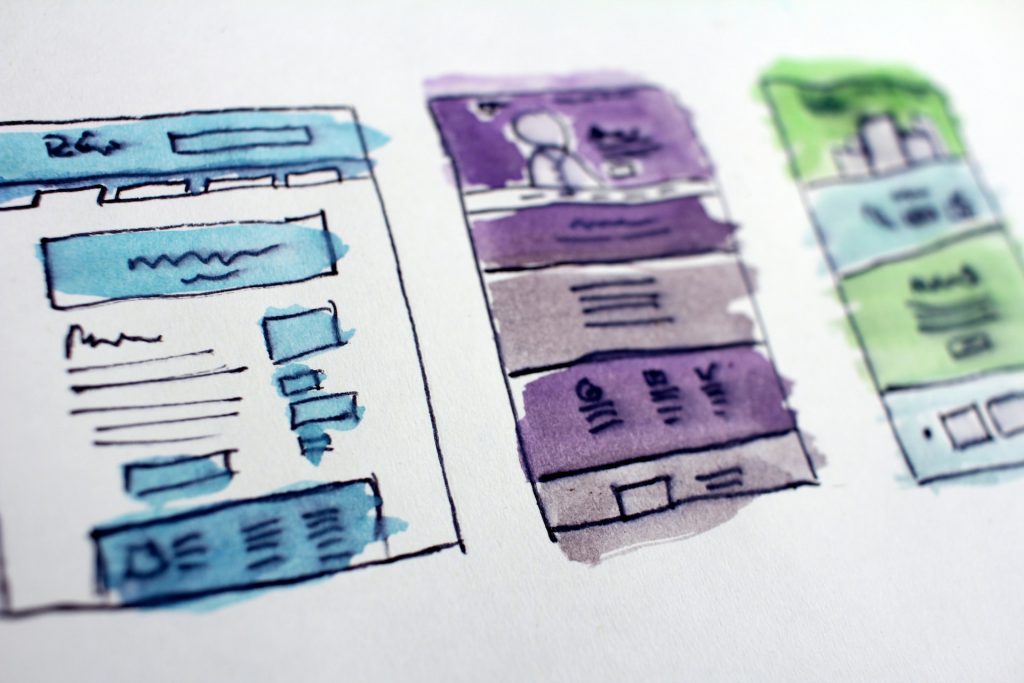Solving Social Challenges with Human-centered Approaches

GUEST POST from Art Inteligencia
In today’s rapidly evolving world, non-profit organizations face numerous complex social challenges that require innovative and effective solutions. Design thinking, a problem-solving approach that focuses on human-centered solutions, is increasingly being embraced by non-profits as a powerful tool to create meaningful change. By leveraging empathy, collaboration, and iterative processes, non-profits can successfully tackle social issues while ensuring that the needs and experiences of the communities they serve are at the forefront. In this thought leadership article, we will explore the application of design thinking in the non-profit sector and provide two case study examples that demonstrate its effectiveness in solving social challenges.
Case Study 1: WaterAid’s Innovative Solution for Accessible Water Supply in Ethiopia
WaterAid, an international non-profit organization working to improve access to safe water, sanitation, and hygiene, adopted design thinking principles to address the challenge of scarce and unreliable water supply in a rural region of Ethiopia. Recognizing the importance of involving the local community in the solution development process, WaterAid engaged in empathy-building exercises and conducted interviews with residents to gain insights into their lived experiences.
Through the empathetic understanding gained, WaterAid discovered that the main problem was not the lack of water sources but rather the existing water sources’ unreliability. To address this, they implemented a design thinking approach that involved collaboration with local residents, engineers, and government officials to co-create a sustainable solution. The resulting innovation was a solar-powered water pumping system that leveraged renewable energy to provide a reliable and continuous water supply to the community. This human-centered approach not only solved the immediate challenge but also empowered the community by involving them in the problem-solving process.
Case Study 2: IDEO.org’s Design Thinking Approach for Financial Inclusion in Kenya
IDEO.org, a non-profit design and innovation organization, used design thinking to tackle the issue of financial exclusion faced by smallholder farmers in Kenya. Facing numerous barriers to accessing financial services, these farmers struggled to invest in their businesses and enhance productivity. IDEO.org employed a design thinking framework that placed the end-users, the farmers, at the center of the solution development process.
By conducting in-depth interviews and on-the-ground research, IDEO.org gained valuable insights into the farmers’ needs and challenges. They discovered that financial exclusion was exacerbated by a lack of trust and knowledge among the farming community. IDEO.org then collaborated with farmers, local financial institutions, and technology experts to devise a solution that would address these underlying issues. The result was a mobile-based platform that simplified financial transactions, provided easy-to-understand financial literacy resources, and fostered trust through transparent and personalized interactions.
Through this design thinking approach, smallholder farmers gained access to previously unavailable financial resources and were able to harness their entrepreneurial potential, leading to increased productivity and improved livelihoods.
Conclusion
Design thinking has proven to be a powerful tool for non-profit organizations aiming to address complex social challenges. By centering their solutions around the experiences and needs of the communities they serve, non-profits can create interventions that are effective, sustainable, and empowering. The case studies of WaterAid and IDEO.org demonstrate how design thinking can lead to innovative and impactful solutions that transform lives.
Non-profits should embrace design thinking as an essential part of their problem-solving toolkit, fostering a culture of empathy, collaboration, and learning that enables them to adapt and iterate their approaches continually. By taking a human-centered approach to tackle social challenges, non-profit organizations can create lasting change that truly improves lives and provides the necessary tools for a brighter and more equitable future.
Bottom line: Futurists are not fortune tellers. They use a formal approach to achieve their outcomes, but a methodology and tools like those in FutureHacking™ can empower anyone to be their own futurist.
Image credit: Pexels
![]() Sign up here to get Human-Centered Change & Innovation Weekly delivered to your inbox every week.
Sign up here to get Human-Centered Change & Innovation Weekly delivered to your inbox every week.
